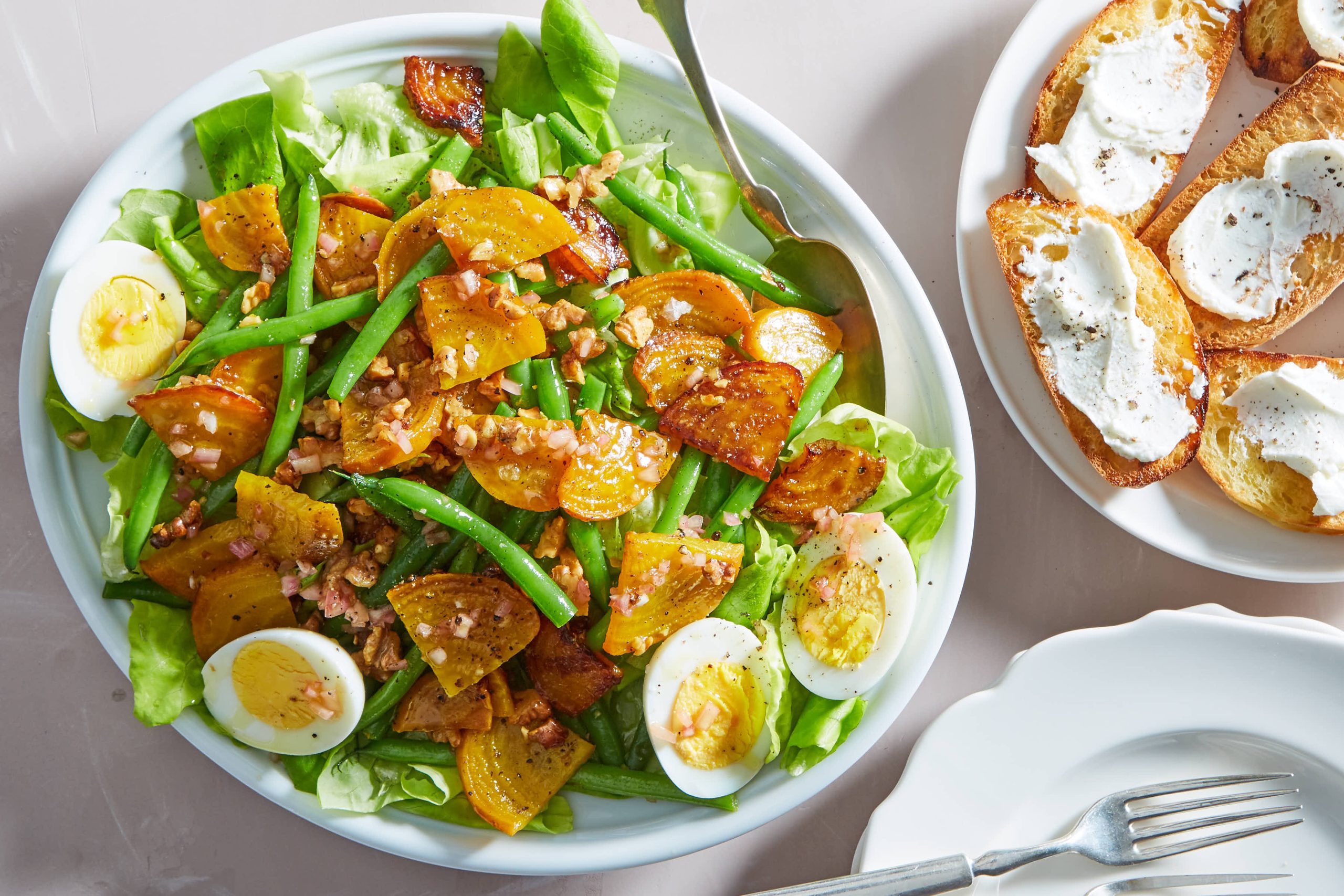
Photo by Nick Collins on Unsplash
Beets have a lot of uses. They’re delicious when roasted but are also a healthy substitute in brownies, a colorful addition to juices, a perfect pickling option, and a sweet, earthy add-on in salads.
Here’s how to pick the best beets at the grocery or farmer’s market, how to store your beets, and how to prepare and cook beets.
HOW TO PICK BEETS
Avoid beets that are soft to the touch and have moist spots and/or shriveled skin. The “tail” that extends from the bulb of the beet (aka the taproot) should be thin, and the leaves—if they are attached—should be crisp and dark green.
To ensure even cooking, pick beets of equal size, mindful that smaller roots are more tender. (Bulbs with diameters in excess of six centimeters may have tough, woody cores.)
HOW TO STORE BEETS
Beets should be stored according to whether they are uncooked, canned, or fresh cooked. To store uncooked beets, place bulbs in a plastic bag for storage in the refrigerator crisper for up to 10 days. Canned beets can be refrigerated for up to one week, and fresh cooked beets can be frozen for 10 months. To store leaves, cut and place in a plastic bag for use within two days.
HOW TO COOK BEETS
Start by rinsing and brushing the beet’s skin clean, being careful not to remove the skin or root until after cooking. This will help to preserve the beet’s color and nutrients. To test doneness, insert a skewer into the beet. If it penetrates the core with little to no resistance, your beet is done. (If boiling, beets will be done between 30 minutes and 2 hours. If baking, between 1½ to 2½ hours at 180°C.)
Pro Tip: Wear rubber gloves when cutting and handling beets. The bright red pigmentation is beautiful but pesky and can leave a stain that’s hard to remove. is as the pigmentation leaves a pretty stubborn stain.









